
Over twenty-two million Americans use cannabis products. According to the World Health Organization, marijuana consumption has an annual prevalence of 2.5% worldwide. Research by Bridgeman and Abazia highlights that the use of marijuana for medical purposes has increased in recent years. But what is it about cannabis that affects the human body? The answer: cannabinoids.
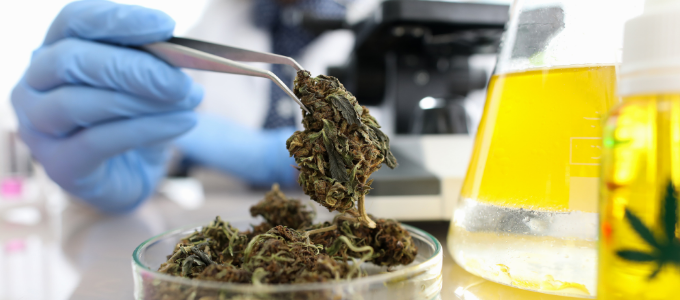
But what exactly are cannabinoids? To answer that question, let’s visit why cannabis is used for some people.
VeryWellMind.com discovered that youth and adults choose marijuana to relieve anxiety or mood disorders. Research has also found therapeutic uses of cannabis that include:
Alleviation of nausea from chemotherapy
Reduction of chronic pain
Improvement of spasticity related to multiple sclerosis
Treatment of epilepsy and schizophrenia
Dr. Ananya Madel defines cannabinoids as naturally occurring compounds found in the cannabis plant. The cannabis plant contains over 480 different compounds. Only sixty-six of these are termed cannabinoids.
Cannabinoids interact with specific cannabinoid receptors on the surface of cells in parts of the central nervous system.
The effects of cannabinoids depend on which area(s) of the brain is/are involved. Cannabinoids may alter things like memory, psychomotor performance, or cognition. Pleasure or pain perception may be minimized or magnified.

Cannabinoids are divided into subclasses that include:
Cannabigerols (CBG)
Cannabichromenes (CBC)
Cannabidiol (CBD)
Tetrahydrocannabinol (THC)
Cannabinol (CBN)
Cannabinodiol (CBDL)
Cannabicyclol (CBL)
Cannabielsoin (CBE)
Cannabitriol (CBT)
The most abundant cannabinoid is CBD. It helps to ease anxiety and counteract the psychoactive effects of THC.
Tetrahydrocannabinol (THC) is a psychoactive ingredient in cannabis. The most well-known cannabinoid compound is the delta-9-tetrahydrocannabinol (Δ9-THC).
Physically, you may be familiar with THC, but scientifically, what’s going on with cannabinoids and THC?
Here’s how it works:
Smoking marijuana allows THC to overwhelm the system. The body’s cannabinoid receptors—especially those in the brain—are intercepted. Thus, they cannot do their job. So, communication between neurons is distorted, throwing the system off balance.
THC effects are wide-ranging. The body’s reaction time may be slowed in such activities as walking, talking, driving, decision-making, mental recall, and cause-effect deductions.
THC can make you feel good, less anxious, more relaxed, and euphoric.
Now that we know what cannabinoids are and how they work, here are some popular weed strains that you may want to try:
This psychoactive has a THC level of 25%. It melts muscle control, inducing a blissful mental state. Wedding Gelato has 60% Indica genetics and 40% Sativa genetics.
This tall plant is distinctive with bright green buds, dark purple sugar leaves, and pale pink fan leaves. This Indica-dominant product creates a relaxing, euphoric high. Users’ minds remain clear and cheerful. Purple Queen has a THC level of 22%. The effects last for several hours.
This tropical plant produces sweet, fruity flavors. As the name suggests, it is a hybrid of the Pineapple and OG Kush. It is Indica-dominant, providing relaxed, soothing, uplifting effects. The THC of 18% is relatively low.
Pineapple Kush is a popular choice for edibles and concentrates.
This strain leaves users loose, carefree, and full of laughter. It eases stress and anxiety. Slavia-dominant, Sour Diesel originated in California. The original was a cross of Diesel, Northern Light, Shiva, and Hawaiian. The THC is a medium level of 19%.
This plant is known globally for its Indica-dominant high. Og Kush provides a meditative state and a permanent smile. It lifts depression and cures sleep disorders.
This American west coast plant is a hybrid of Chemdawg, Lemon Thai, and Pakistani Kush. The mature flower produces enjoyable flavors of pine, fruit, and citrus. The plant has potent, resinous buds with a THC level of around 19%.
This slightly Sativa-dominant plant creates surges of energy and boosts mood. The flowers contain a moderate THC level of 18%. The effect is mouth-watering hints of citrus and sweetness.
This Amsterdam classic originated in the Netherlands. It is a nice balance of equal parts Indica and Sativa. Smokers like it for both its physical and mental effects.
THC levels usually average around 19%.
This plant produces a soft, soothing, mellow high with a fruity flavor. A descendant of plants from Colombian, Mexican, Thailand, and Afghanistan, the effects last for hours. It has a mix of 60% Sativa and 40% Indica.
The fat, tapered, dense flowers smell and taste sweet.
This well-named plant is the result of a cross between Great White Shark and a CBD-dominant plant. The result is 20% Sativa and 80% Indica. Its effect is high energy combined with high mood. Euphoria banishes anxiety, stress, and inhibition. Users are sociable and talkative.
Euphoria has a low THC level of around 9%. The aroma is sweet and fruity.
This refreshing strain produces a high-energy motivation and idea generation. It is Sativa-high with a high THC level of 21%. Its effects are almost instantaneous.
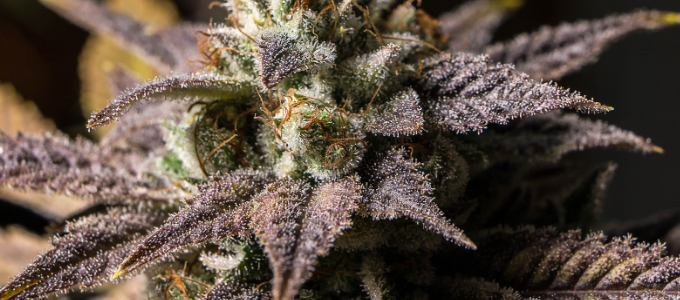
The traditional way to experience the dried flowers of the cannabis plant is by smoking them in a joint, a pipe, or a bong.
Given cannabis products available today, there are many ways besides smoking or toking, or daubs to enjoy cannabinoids. Here are some suggestions for safe consumption.
Edibles, tinctures, and patches allow subtle, discrete enjoyment of cannabis.
For those with a low tolerance for CBD, consider CBD-rich micro-dosed products.
If you suffer localized pain, try a transdermal patch or a balm.
For a customized effect, you might try edibles or tinctures.
CannaSaver’s online coupon website offers new and experienced cannabis users great deals on quality cannabis products. Our illustrated, organized coupon catalog brings you a wide variety of cannabis deals for local dispensaries.
Check out some of our other informative blogs.
Shop deals from the comfort of your home, before you step foot in any local dispensary.
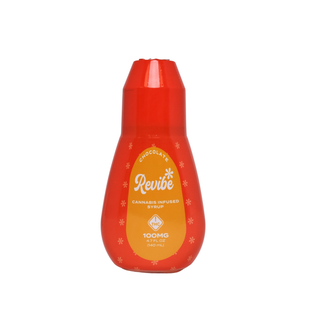


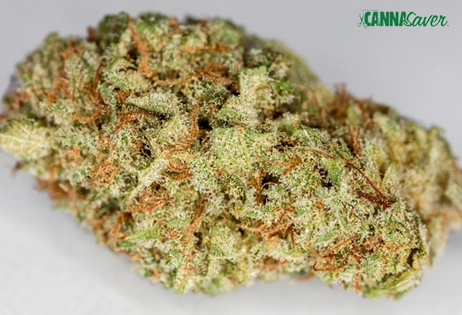
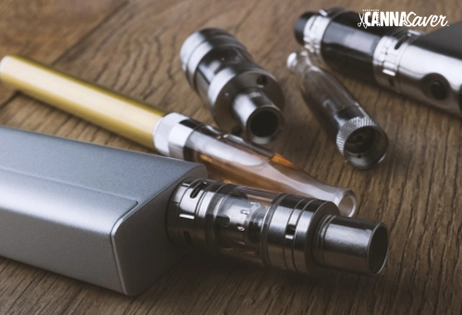



![(2.83g) Black Sheep | Zweet King Kush | Flower | Indica | [2.83g] (2.83g) Black Sheep | Zweet King Kush | Flower | Indica | [2.83g]](/rails/active_storage/representations/proxy/eyJfcmFpbHMiOnsiZGF0YSI6MTA3ODMzLCJwdXIiOiJibG9iX2lkIn19--9a26d55fa29d547804b74d8e9eab8844fa0ad3e2/eyJfcmFpbHMiOnsiZGF0YSI6eyJmb3JtYXQiOiJqcGciLCJyZXNpemUiOiI0NjIgeCAzMTUiLCJjb252ZXJ0Ijoid2VicCJ9LCJwdXIiOiJ2YXJpYXRpb24ifX0=--4c2b017c858149e948c71bab98eeffb13053e24c/flower-stock-3-v1.jpg)